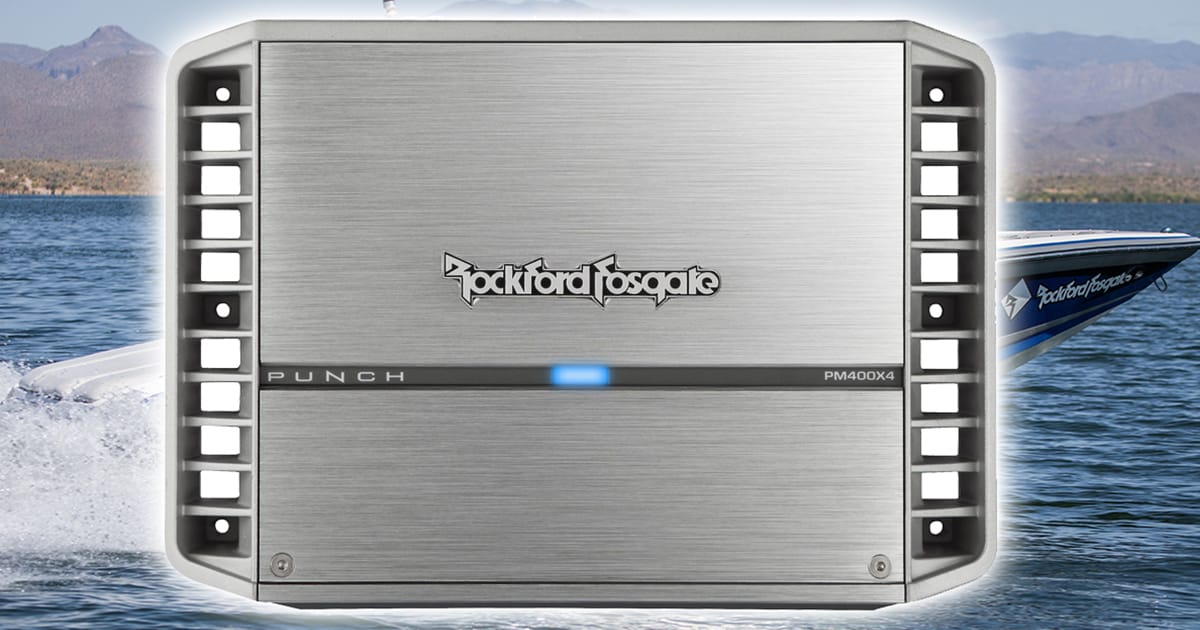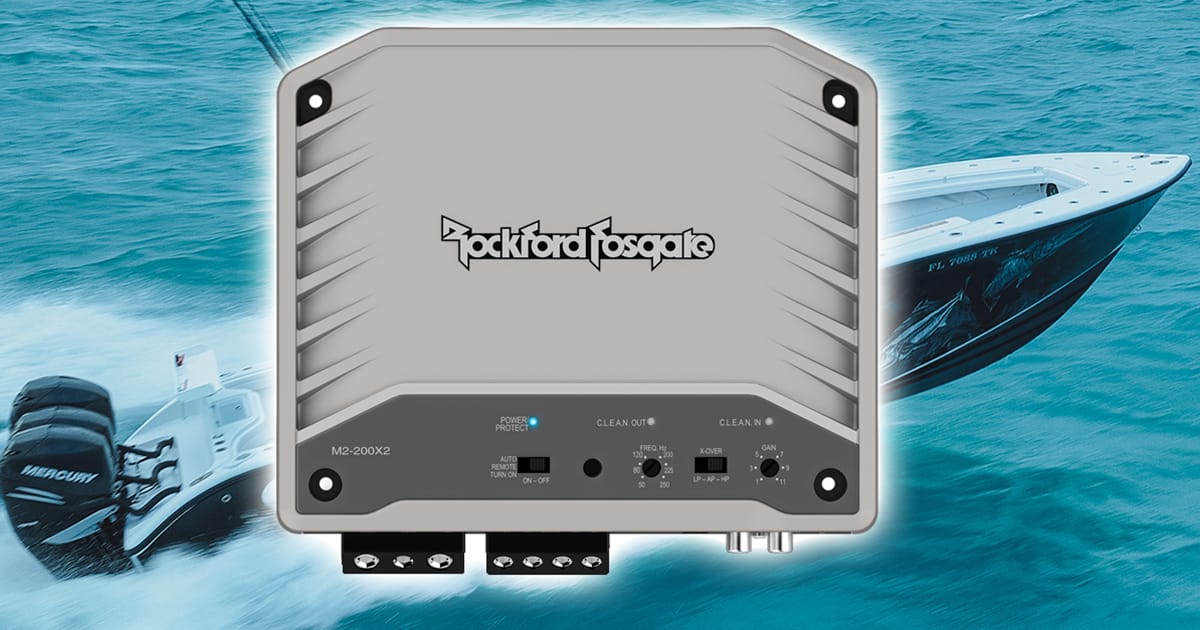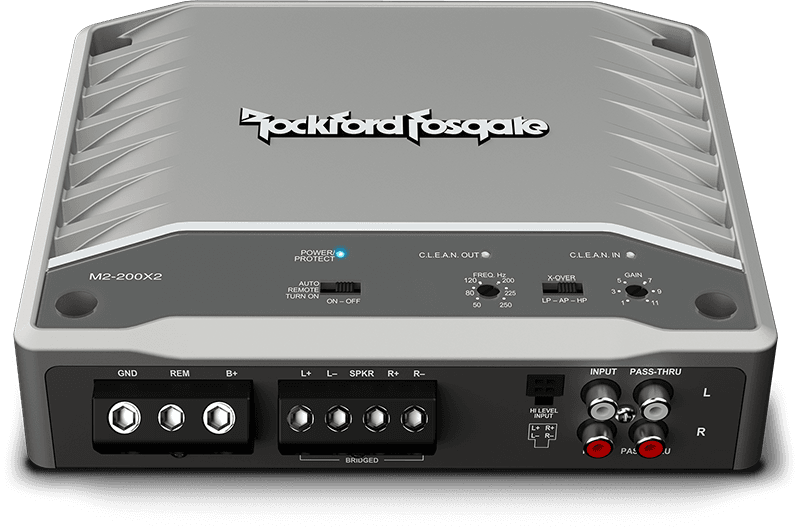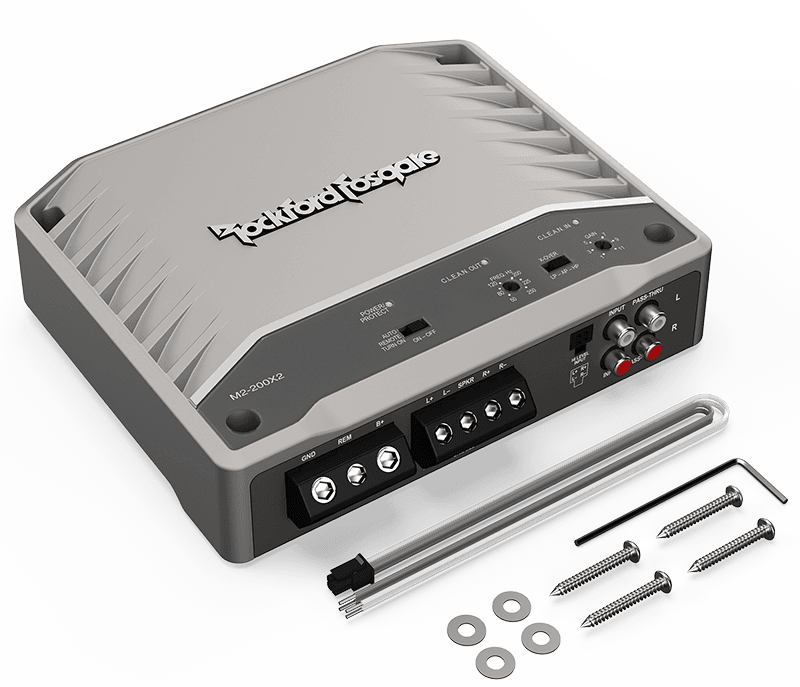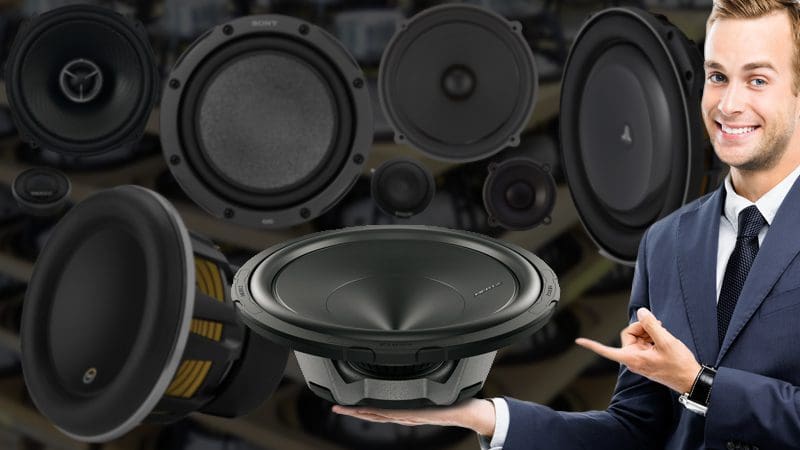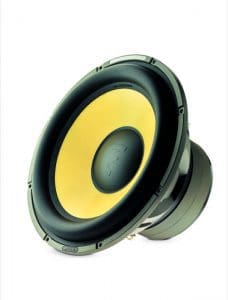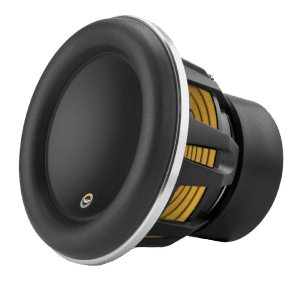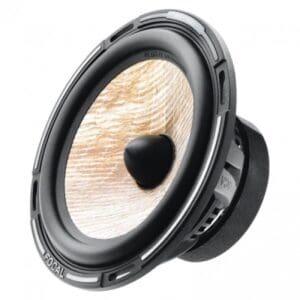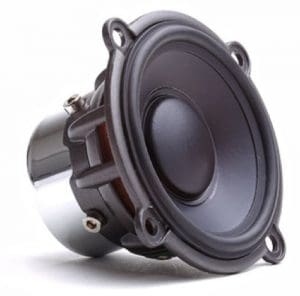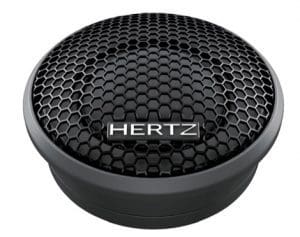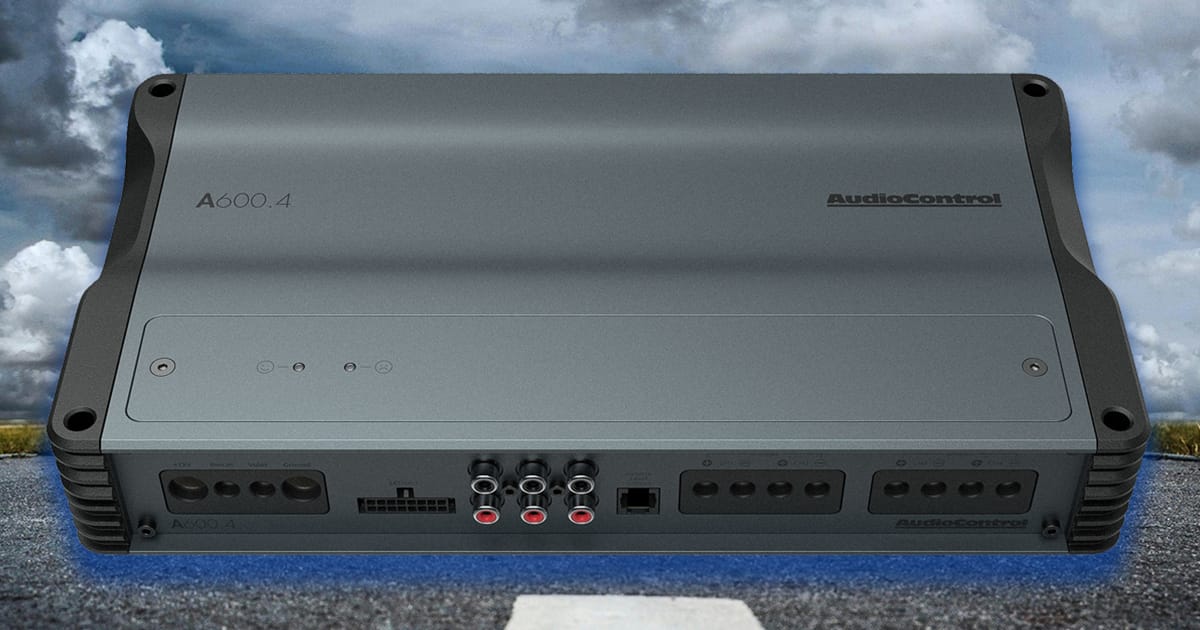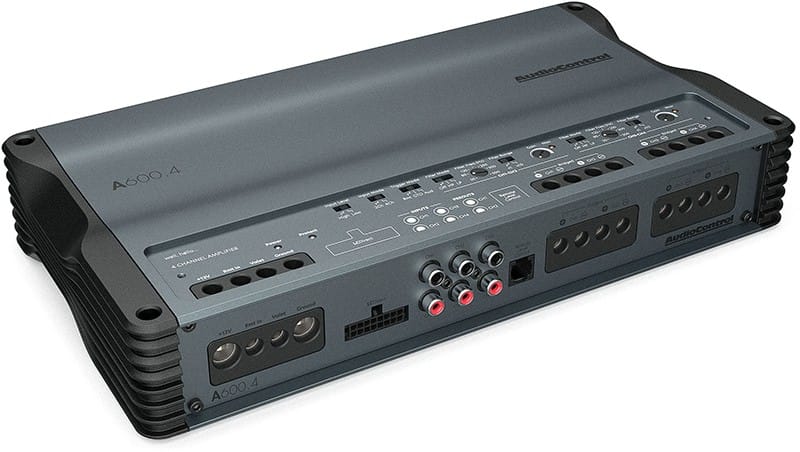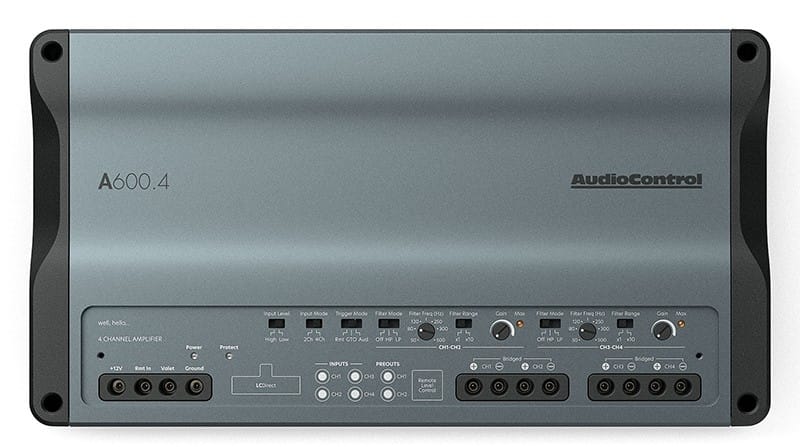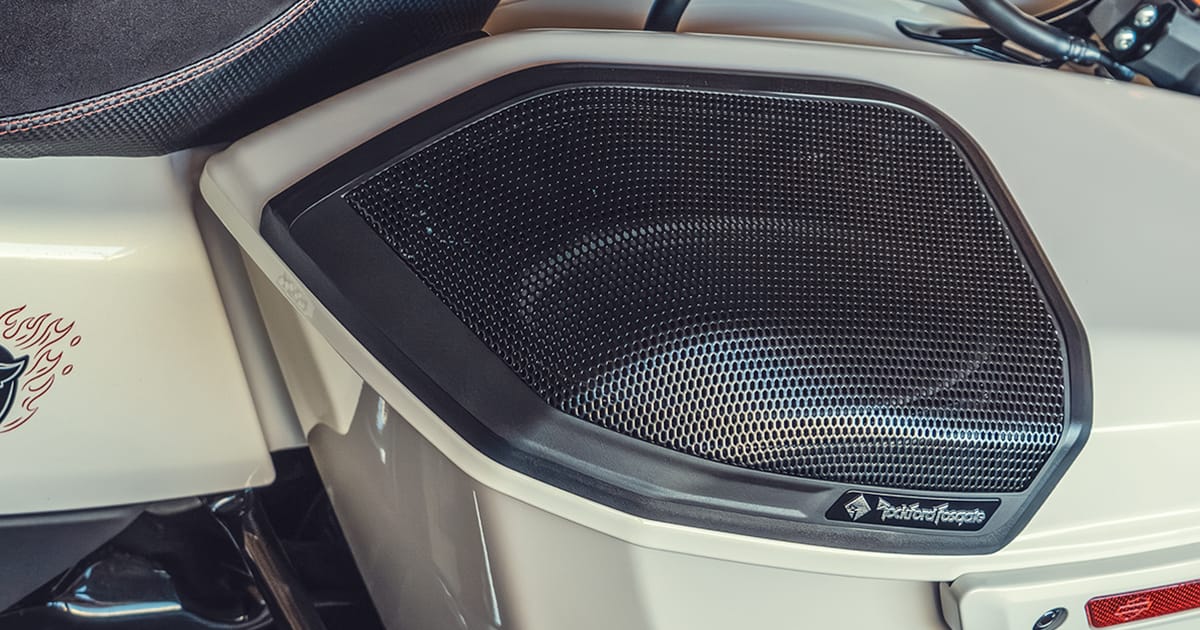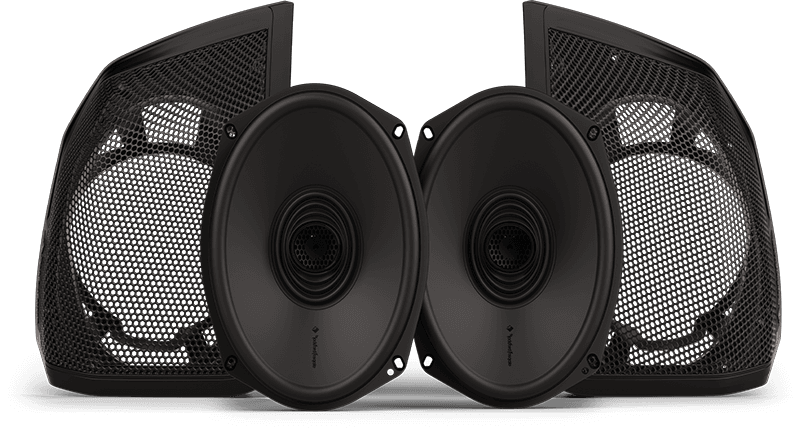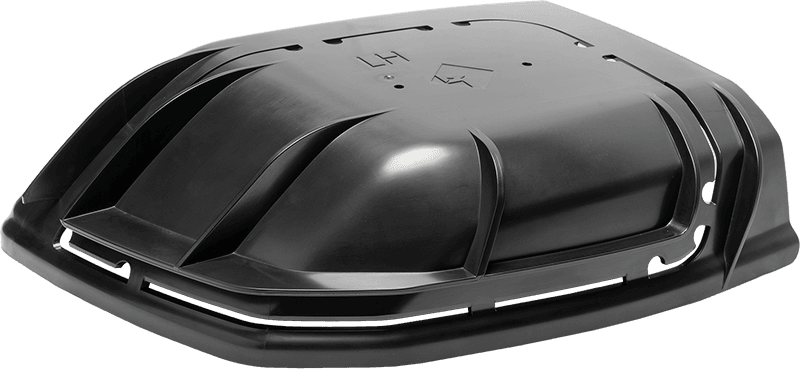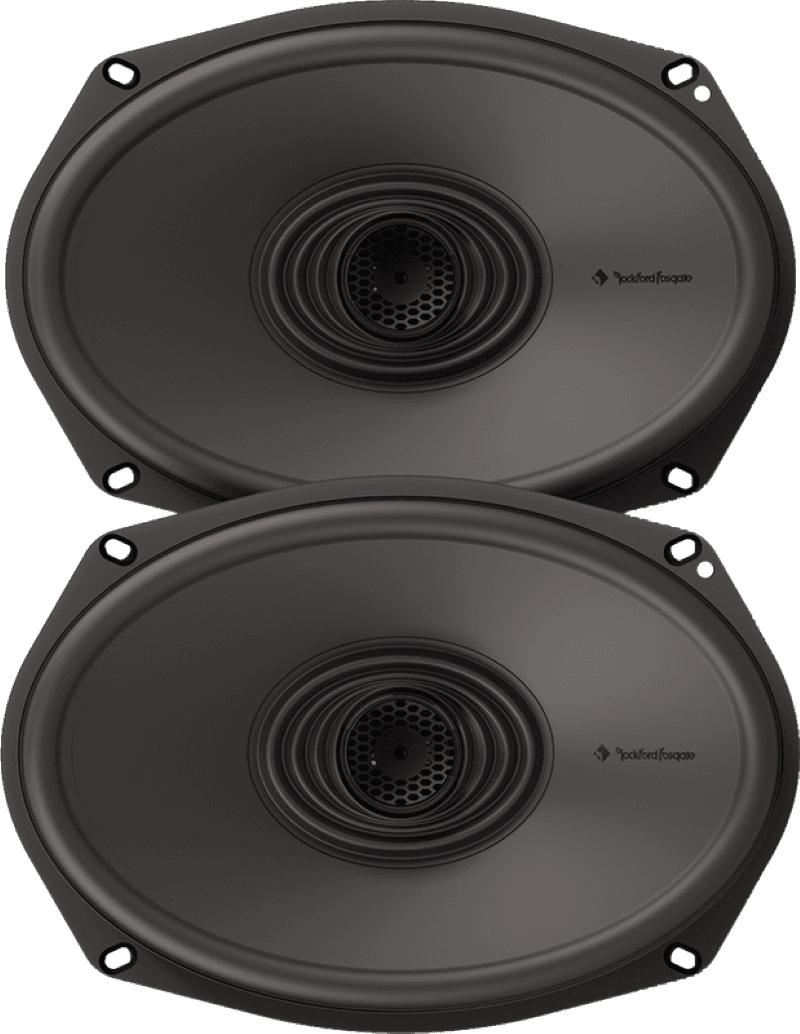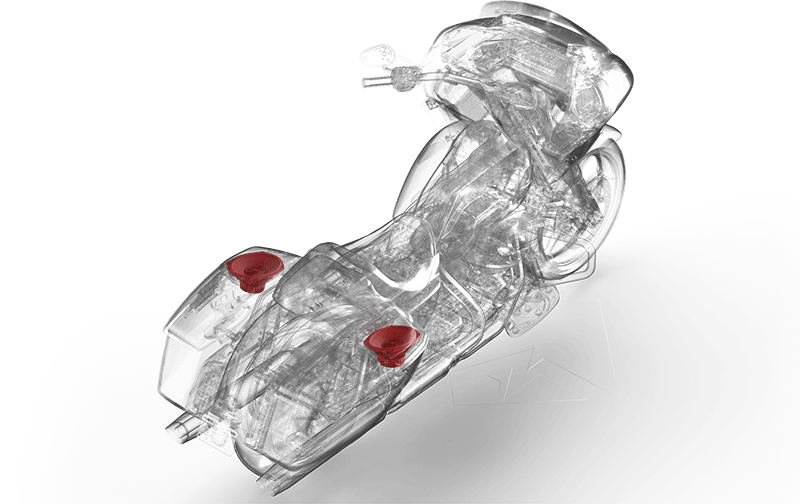Contrary to how some marine audio amplifier manufacturers approach the design of their products, an amplifier designed for a boat isn’t just painted a different color. From coatings on the circuit board and the finish on the heatsink to the materials chosen for the electrical connections, a marine amp needs to be designed from the ground up for reliability. In this spotlight, we’ll look at what makes the Rockford Fosgate PM400X4 a perfect solution for your marine audio application.
Specifications of the Rockford Fosgate PM400X4
The PM400X4 is a four-channel amplifier rated to produce 50 watts of power into four 4-ohm loads and 100 watts into 2-ohm loads. Each pair of channels can be bridged to provide 200 watts of power into two 4-ohm loads. The bridged configuration would be ideal for a pair of subwoofers or wakeboard tower enclosures, such as the 10-inch Rockford Fosgate M2WL-10H.
Performance-wise, Rockford Fosgate rates the amp as having a bandwidth of 20 Hz to 20 kHz with a tolerance of 1 dB. Most companies use a 3 dB rating. This is a Class A/B amplifier, so you know the frequency response with real dynamic loads is going to be ruler-flat to well beyond where humans can hear. Distortion is specified as less than 1%. We know from our testing that these amplifiers are capable of better than 0.02%, putting them in line with the cream of the crop.
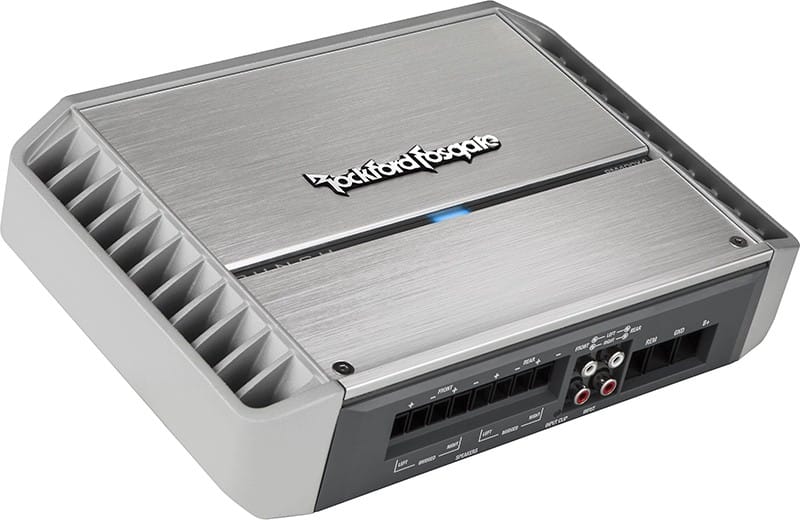
Design Features
The PM400X4 is based on a cast aluminum heatsink that measures 11.03 by 7.76 inches and stands 2.38 inches tall. The heatsink is finished in a light grey powder coat that’s not only durable but also resistant to fading under prolonged UV exposure.
Speaker, signal, and power connections are made along the front edge of the amp. Terminal blocks with set screws accessible from the top of the amp ensure secure and reliable connections for up to 4-AWG power and ground wires and 8-AWG speaker connections. The terminal blocks use stainless steel hardware to prevent corrosion. The amp has four RCA input jacks that are slightly recessed into the front panel.

Signal Processing and Controls
As you can see from the photos, there’s a removable panel on top of the amp that provides access to the controls. Each pair of channels has a sensitivity control that’s adjustable from 150 millivolts to an impressive 12 volts. The RCA input jacks have a balanced differential circuit design. Not only does this help eliminate noise, but it means your installer can connect the output of a factory radio or small amplifier directly to the PM400X4 without the need for a line output converter.
Each pair of channels has a crossover function switch that selects between high-pass, low-pass, or full-range operation. The associated frequency control is adjustable from 50 Hz to 250 Hz, and the crossovers have a -12 dB-per-Octave slope with a Butterworth alignment.
Additionally, Rockford Fosgate included a Punch EQ2 control with each pair of channels. Your installer can dial in up to 18 dB of boost at 45 Hz and 12 dB at 12.5 kHz to give your music a little kick or sizzle. In a marine application, the added high-frequency output can be very beneficial to systems where the speakers are mounted low under the seats.
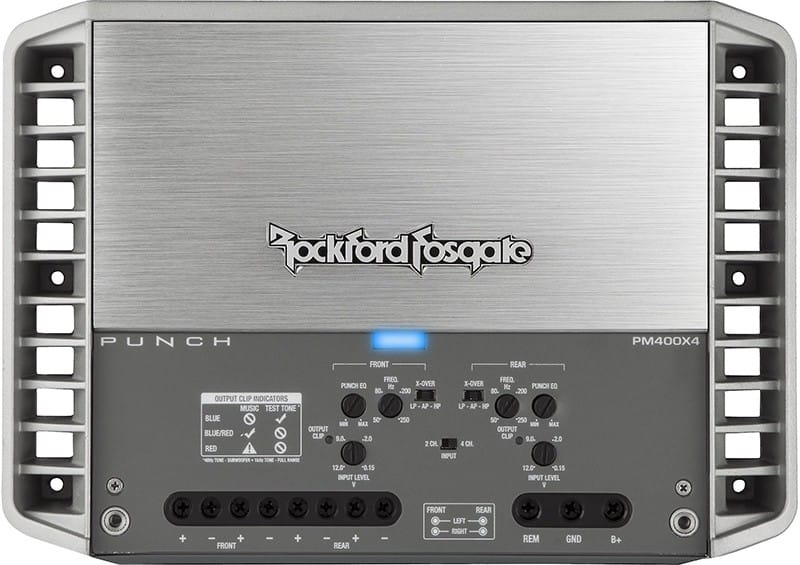
Keeping Things C.L.E.A.N.
The PM400X4 includes Rockford Fosgate’s C.L.E.A.N. distortion-detecting circuitry on each channel. The amp features an input clip indicator LED beside the RCA jacks to optimize signal-to-noise performance. Each pair of channels has an output clip indicator to let your installer know when the amp reaches maximum output. Setting up an amp with the C.L.E.A.N. circuitry saves time and eliminates clipping, which can add unwanted high-frequency content and damage tweeters.
Element Ready Design
We’ve mentioned the UV-resistant powder coat finish and the stainless-steel terminal hardware. These are just part of the Element Ready design of the PM400X4. Additionally, the circuit board has a two-part epoxy coating that helps eliminate corrosion from exposure to salt, as you’d find near the ocean. The epoxy, combined with hot melt adhesive around significant components like the power supply capacitors, ensures that vibrations and impacts won’t damage the circuit board.
Upgrade Your Marine Entertainment System Today!
If you are interested in having an audio system upgrade designed for your boat, drop by a local Rockford Fosgate retailer. They can combine speakers, subwoofers, and a source with high-quality amplifiers like the Punch PM400X4 to create a system that will sound amazing and last for years.
To find an authorized retailer near you, use the locator tool on the Rockford Fosgate website. While you are online, check out their Facebook, Instagram, and YouTube feeds to stay up to date with the latest product releases and cool event coverage.
This article is written and produced by the team at www.BestCarAudio.com. Reproduction or use of any kind is prohibited without the express written permission of 1sixty8 media.
